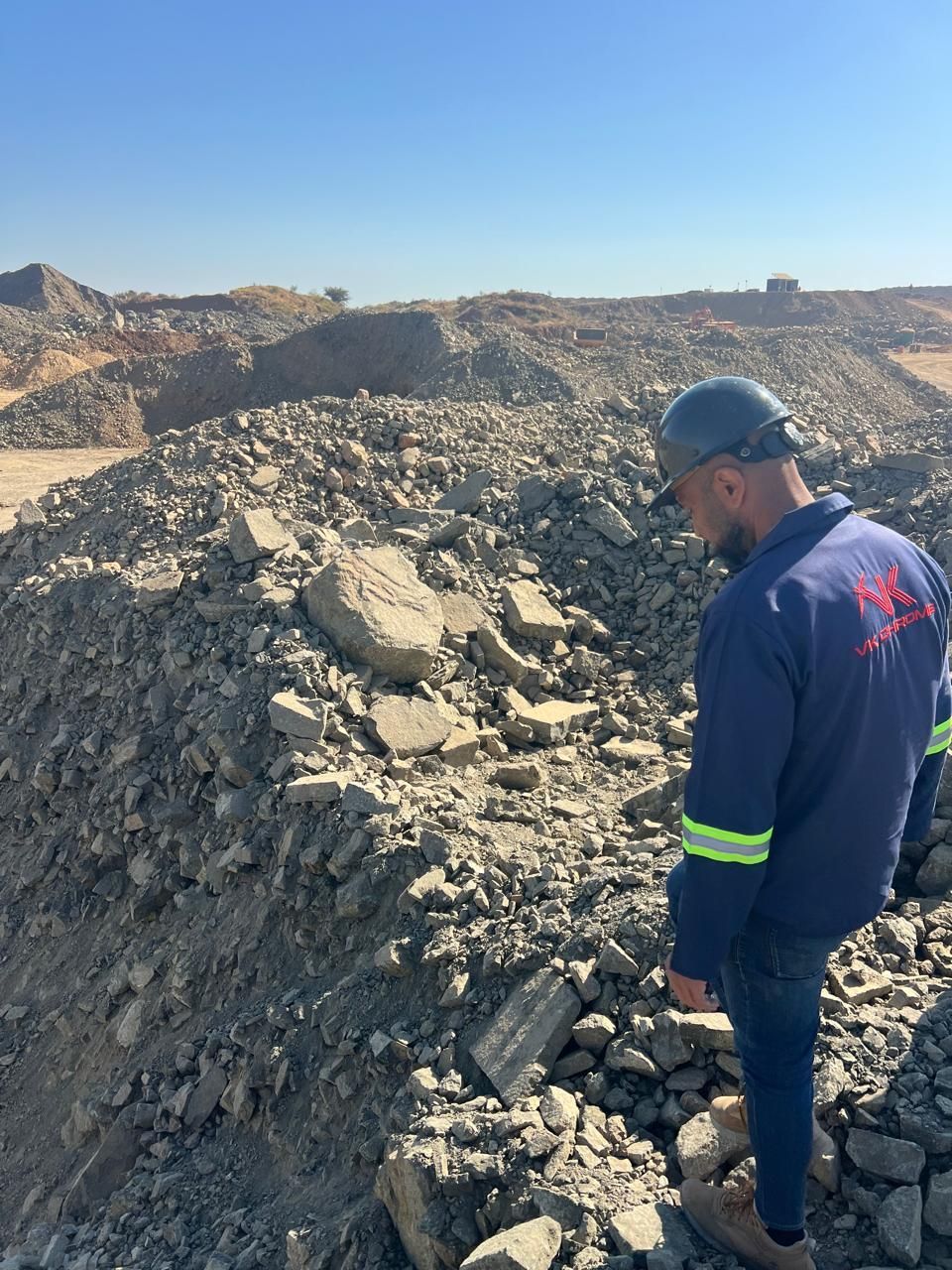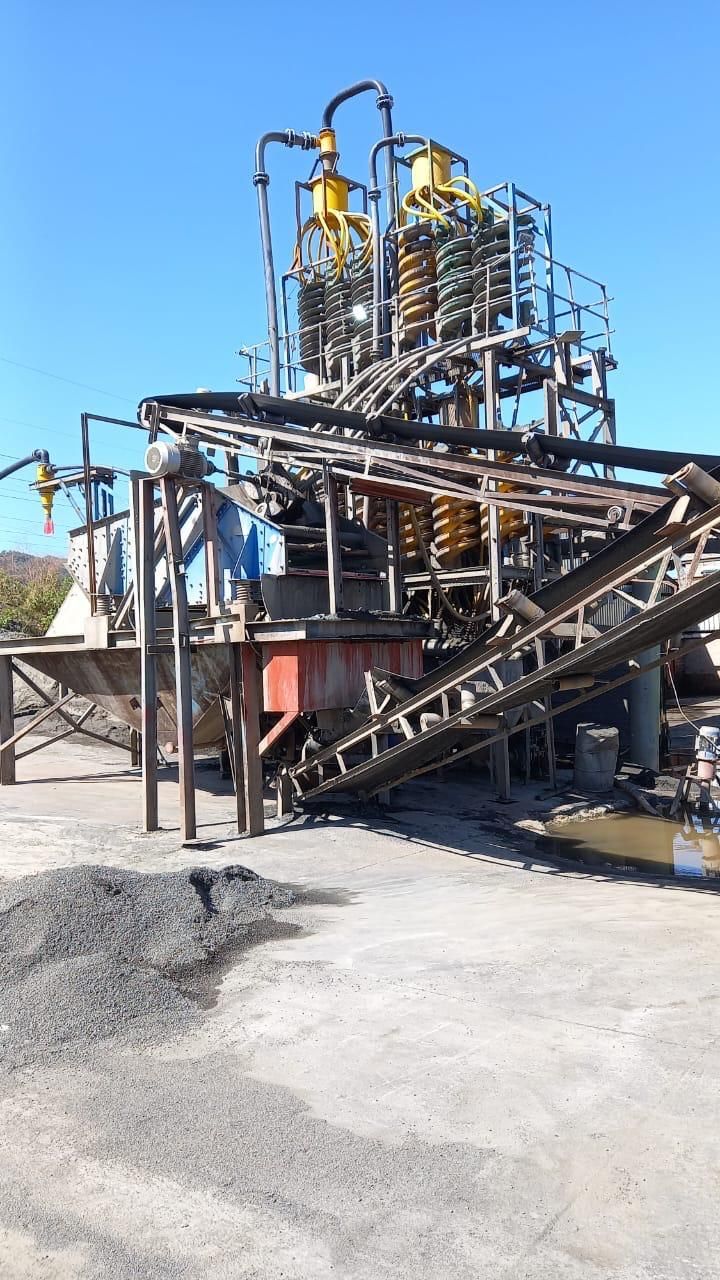Chrome ROM

Quality Chrome ROM from South Africa
Chrome ROM (Run of Mine) and feedstock refer to raw and processed forms of chromite ore, a key mineral used primarily in the production of ferrochrome, stainless steel, and various industrial applications. Below, I’ll explain what chrome ROM and feedstock are, their uses, and their relevance in South Africa, a global leader in chromite production, tailored to the context of your interest in investments like shipping containers.
We take pride in sourcing Chrome ROM and Feedstock from the rich mineral landscapes of the North West and Limpopo provinces of South Africa. Our commitment to quality ensures that we offer a range of grades, varying from 26% to as high as 44%, all of which are readily available upon request. Whether you need specific grades for industry applications or simply wish to explore our offerings, we are here to meet your requirements with excellence.
What is Chrome ROM?
Definition: Chrome ROM (Run of Mine) is raw, unprocessed chromite ore extracted directly from the mine via mine cars, skips, or conveyors before any treatment or beneficiation. It contains a mix of chromite (chromium oxide, Cr₂O₃) and impurities like gangue (waste rock) and other minerals.
Composition: Typically, South African ROM has a chromium content of 30-40% Cr₂O₃, with a chromium-to-iron (Cr:Fe) ratio of 1.5-1.8. It’s less pure than processed concentrate and varies in quality.
South African Context: South Africa, home to 70% of the world’s chromite reserves, primarily in the Bushveld Igneous Complex, produces ROM from open-cast and underground mines, as well as by-product chromite from platinum group metal (PGM) mining in the UG2 reef.
What is Chrome Feedstock?
Definition: Chrome feedstock refers to chromite ore that has been processed (beneficiated) into forms like chrome concentrate or lumpy ore, suitable for industrial use, particularly in ferrochrome smelters. It’s a refined version of ROM with higher Cr₂O₃ content and fewer impurities.
Types of Feedstock:
Chrome Concentrate: Processed through beneficiation (e.g., gravity separation, dense medium separation, or magnetic separation) to achieve 40-42% Cr₂O₃. It’s the preferred feedstock for ferrochrome production due to its high purity.
Lumpy Ore: Larger chromite chunks (10-300 mm) with minimal waste, often crushed and sized for direct smelting. It’s less processed than concentrate but higher grade than ROM.
South African Context: South Africa’s feedstock, particularly from the Bushveld Complex, is valued for its favorable Cr:Fe ratio (1.5-1.8), ideal for specific ferrochrome grades used in stainless steel. Companies like Oreways Mining seek concentrate with 40-42% Cr₂O₃ for their furnaces in China.
How Chrome ROM Becomes Feedstock
Beneficiation Process:
- Crushing and Grinding: ROM is crushed to reduce particle size.
- Gravity Separation: Uses spiral concentrators or shaking tables to separate chromite based on density.
- Dense Medium Separation (DMS): Employs a dense liquid to isolate chromite from waste, effective for varied particle sizes.
- Magnetic Separation: Removes iron-based impurities to enhance Cr₂O₃ content.
Outcome:
ROM (30-32% Cr₂O₃) is upgraded to concentrate (40-42% Cr₂O₃) or lumpy ore, making it suitable as feedstock for smelters.
